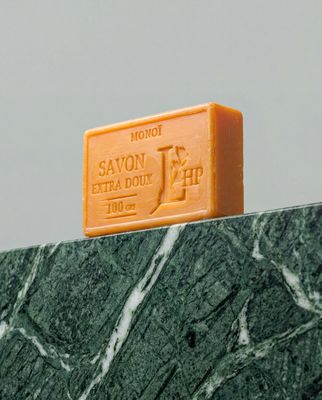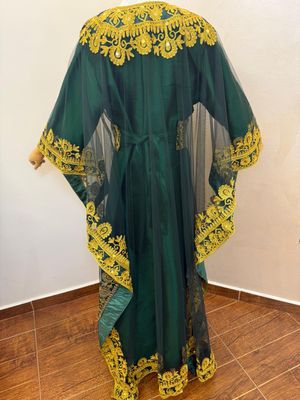Everything about the color Sandalwood
The meaning of the color sandalwood and color combinations to inspire your next creation.
Browse images in the color sandalwood
What color is sandalwood?
Sandalwood is a warm, earthy brown with subtle orange undertones, reminiscent of the fragrant wood from which it takes its name. This color exudes a sense of natural elegance and warmth.
What are similar colors to sandalwood?
For variations within the same warm and earthy spectrum as sandalwood, consider:
- Taupe (#483C32) shares sandalwood's earthy tones but with a more muted, grayish hue.
- Tan (#D2B48C) is lighter and shares sandalwood's warm, natural vibe.
- Beige (#F5F5DC) is a softer, lighter shade that complements sandalwood's warmth.
- Camel (#C19A6B) offers a slightly darker, richer tone similar to sandalwood.
What color goes with sandalwood?
To complement sandalwood's warm tones, consider pairing it with:
- Ivory (#FFFFF0) adds a soft, elegant contrast to sandalwood's earthy warmth.
- Sage (#BCB88A) provides a refreshing, green-tinged balance to sandalwood's warmth.
- Peach (#FFE5B4) offers a gentle, warm contrast that enhances sandalwood's natural tones.
- Terracotta (#E2725B) adds a rich, earthy complement to sandalwood's warm hues.
What color conflicts with sandalwood?
To avoid clashing with sandalwood's earthy tones, consider avoiding:
- Bright red (#FF0000) can overpower sandalwood's subtle warmth.
- Neon yellow (#FFFF33) may create a jarring contrast with sandalwood's natural tones.
- Fuchsia (#FF00FF) could clash with the earthy, muted nature of sandalwood.
- Cyan (#00FFFF) might create a stark, unharmonious contrast with sandalwood's warmth.
What does the color sandalwood represent?
Sandalwood represents warmth, earthiness, and a connection to nature, often evoking feelings of calm and groundedness. In color psychology, sandalwood is associated with stability and reliability, providing a sense of comfort and security. In art and design, sandalwood is used to create a warm, inviting atmosphere, often enhancing natural and rustic themes. Its subtle elegance makes it a popular choice for creating a cozy, welcoming environment in interior design.
What's the history of sandalwood?
The color sandalwood takes its name from the aromatic wood of the sandalwood tree, known for its distinctive fragrance and use in perfumes and incense. Historically, sandalwood has been valued for its spiritual significance and calming properties, often used in religious rituals and meditation practices. In modern times, the color sandalwood is used in fashion and interior design to evoke a sense of natural elegance and warmth, often complementing earthy and neutral palettes.
Color Variations
Shades
Tints
Hues
Color Palettes
Monochromatic
Complementary
Analogous
Triadic
Tetradic
Images with sandalwood color
Color Conversions
#AA6C39rgb(170, 108, 57)rgb(67%, 42%, 22%)0, 36, 66, 33hsl(27, 50%, 45%)27, 66, 67#AA6C3951, 20, 3823, 20, 651, 43, 6310101010, 01101100, 00111001Color(red: 0.6666666666666666, green: 0.4235294117647059, blue: 0.2235294117647059)UIColor(red: 0.6666666666666666, green: 0.4235294117647059, blue: 0.2235294117647059, alpha: 1.0)Color(0xFFAA6C39)










